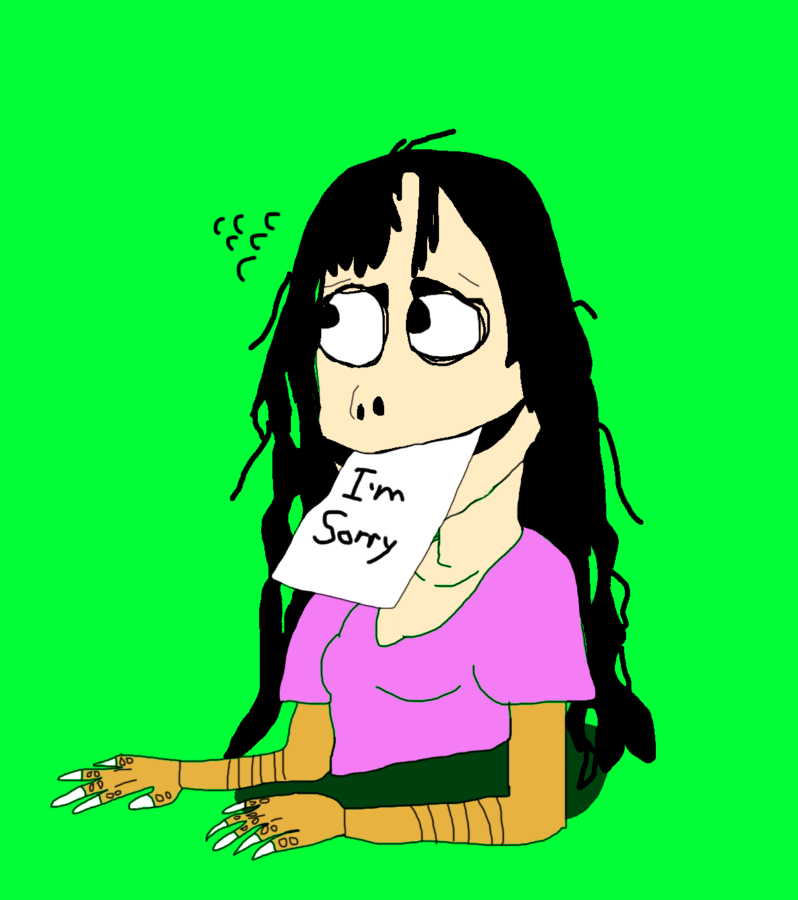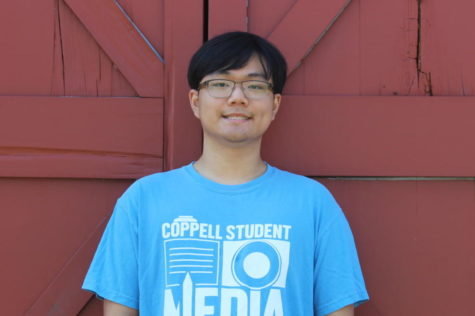Truth behind the “Momo Challenge”
The Momo Challenge derived its namesake from a viral picture of a bug-eyed, surreal sculpture created at a special effects firm in Tokyo, Japan. The firm has denied any involvement with the hoax, which allegedly encourages children to commit violent acts or suicide.
March 9, 2019
As many parents and students have seen on social media for the past two months, the “Momo Challenge” has rapidly emerged into a worldwide phenomenon.
Warnings about the fake Momo Challenge suggest children are being encouraged to gradually commit violent acts or even suicide after receiving messages on the messaging app, “WhatsApp”.
The users who allegedly encourage these actions have their profile pictures set as “Momo”, a sculpture of a supernatural entity produced by Japanese artist Keisuke Aisawa at the special effects firm Link Factory. The sculpture, however, has no connection with the Momo challenge, as confirmed by the artist.
Awareness of this grew in February after the Northern Ireland police posted a warning about Momo on Facebook and Kim Kardashian asked YouTube to remove alleged “Momo” videos on her Instagram story. Despite being proven to be a hoax through police reports and media analysis, the challenge has caused widespread panic – especially within households and schools.
“I don’t blame the kids [for believing in the hoax],” Coppell High School lead counselor Ann Cinelli said. “They’re victims who are getting sucked into something that is out of their control.”
Globally, the number of actual complaints have been little to none, and no police force has confirmed any harm that this challenge has caused. Additionally, YouTube confirmed there is no evidence of videos showing or promoting the “Momo Challenge” on its platform. This, however, does not stop a viral challenge from moving along its course.
Many reports have named the “Momo Challenge” a case of moral panic: a sensationalised hoax fueled by unverified media reports. This sudden sense of fear has also been seen in other similar situations, such as the moral panic associated with an alleged suicide game known as “Blue Whale”, which had almost identical ploys as the “Momo Challenge”.
“I saw the Momo Challenge all over Instagram and heard a lot about it at school,” CHS junior Kushi Jain said. “It was pretty scary hearing people talk about a game that makes people commit suicide; it sounded like people were getting addicted to playing it.”
Coppell ISD administration is taking precautionary measures by releasing an online safety message on the website acknowledging the challenge and providing resources to educate students on online safety.
For parents, if there are any questions or concerns about your child’s emotional health, CISD administration advises to contact your child’s campus counselor.
Follow Sarah on twitter @syw6338












nino • Nov 21, 2021 at 2:13 pm
oh my lordie lord is that a starbucks cakepop boop cakepop .o.
Baylee Daniels • Oct 1, 2021 at 1:47 pm
I used to think momo was scary but when it kept coming up I got used to it but the challenge that isn’t ok why would yhu do that to someone it’s very sad in this world -Baylee
Gabriel • Feb 9, 2021 at 9:29 am
no, I do not think that the Momo Challenge is a good thing many kids are committing suicide over this challenge.
Angel Heal • May 7, 2019 at 9:14 am
Momo is not just a game. In this article, you said there were no reports of suicide. I am an 11-year-old girl who is telling you straight up that back in September a young girl just like me killed herself because of the momo challenge. One of the first known victims of the deadly game was a 12-year-old girl in the district of Escobar. She died in an apparent suicide in Argentina, The Buenos Aires Times reports. The girl captured herself on camera before hanging herself.“It is a growing menace and we are getting reports of an increasing number of people, mostly youths, getting an invitation on their WhatsApp from unidentified numbers to play the ‘game’,” the official said. Preliminary investigation has revealed that people who have shown the slightest sign of depression or a desire to commit suicide were targeted. Latest attempt to commit suicide was made by a 15-year-old Ukrainian girl. A school-girl tried to end her life with pills overdose but doctors successfully saved her life. However, the girls still stay in a hospital in critical condition.